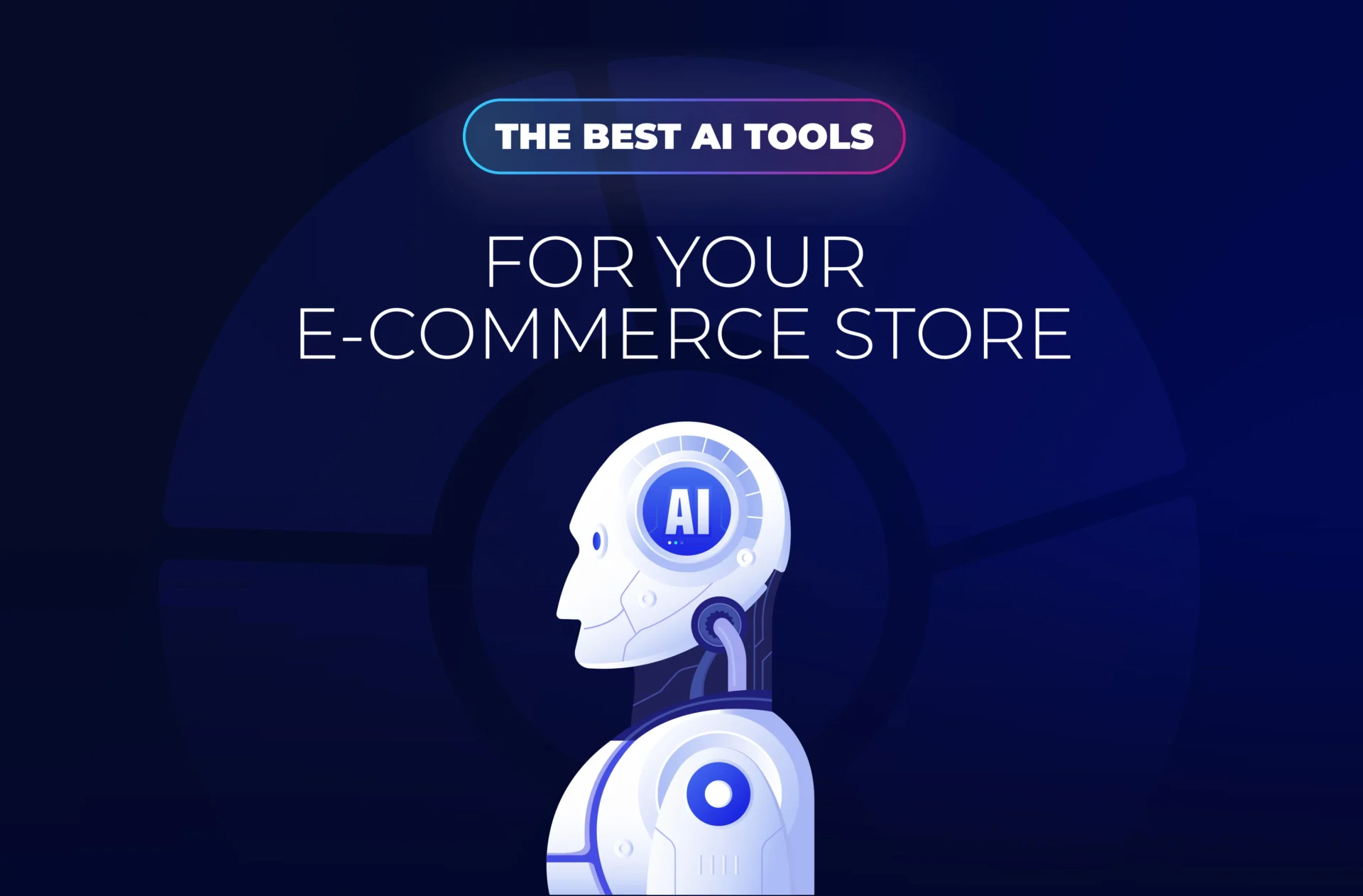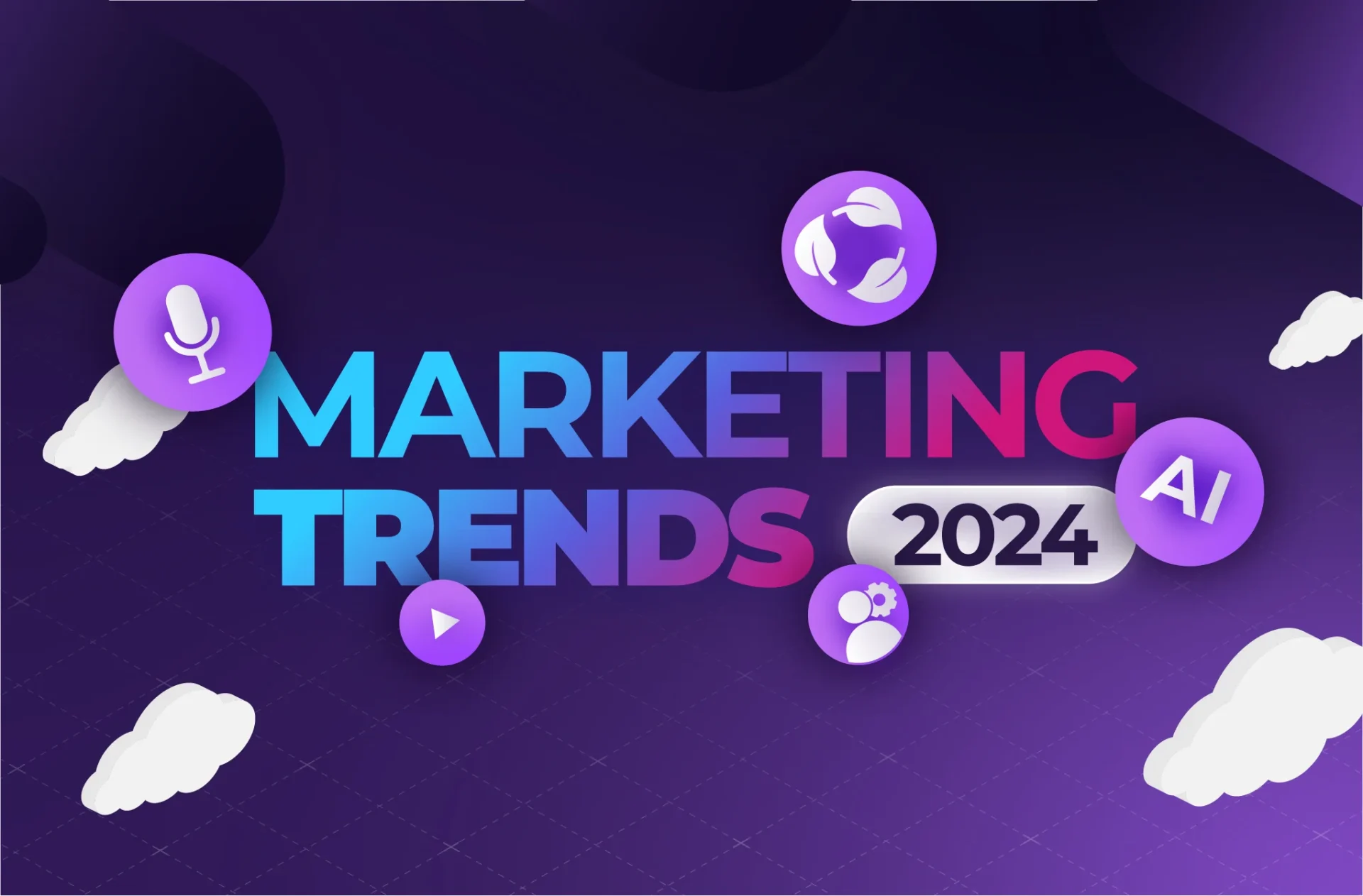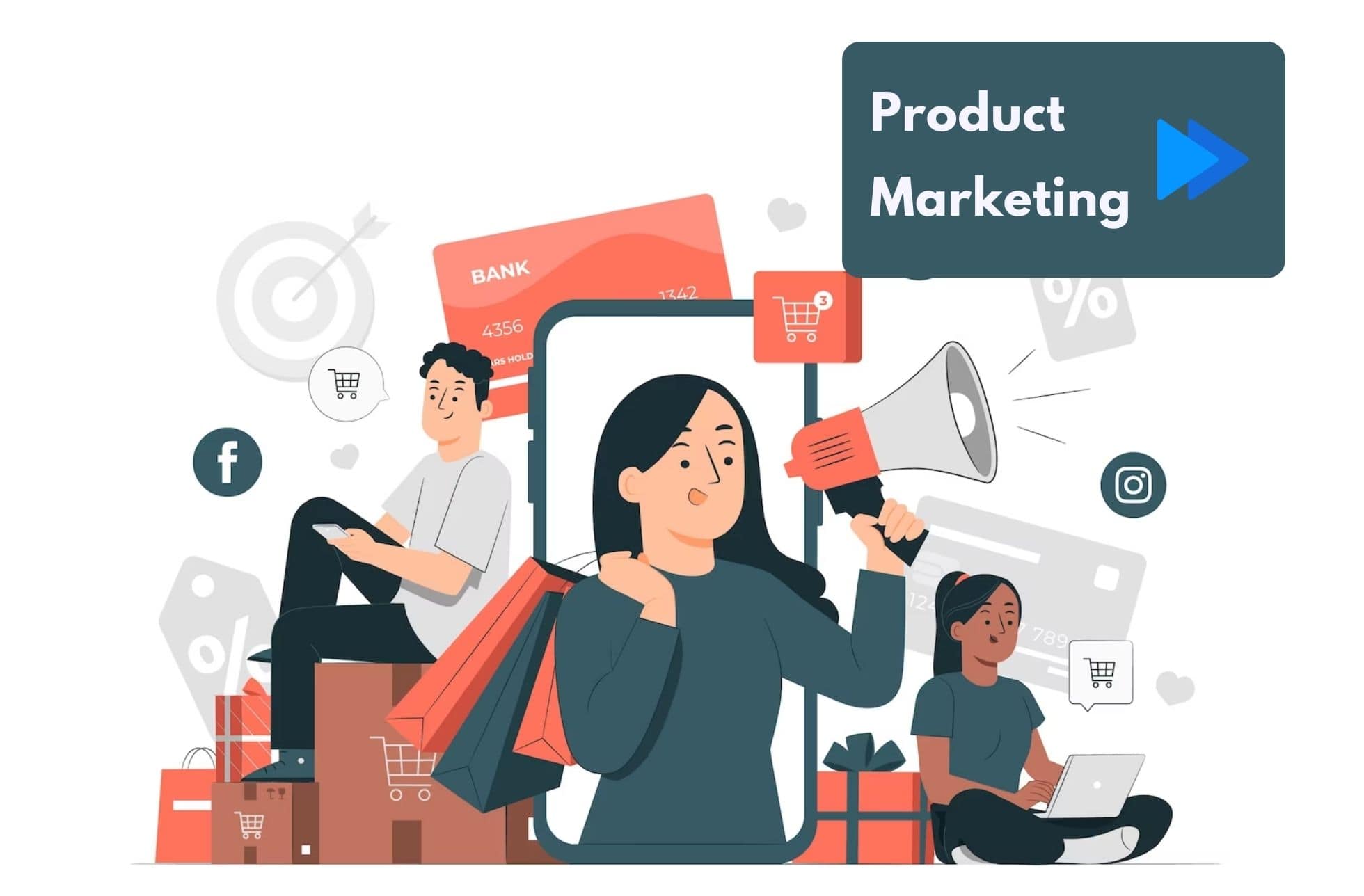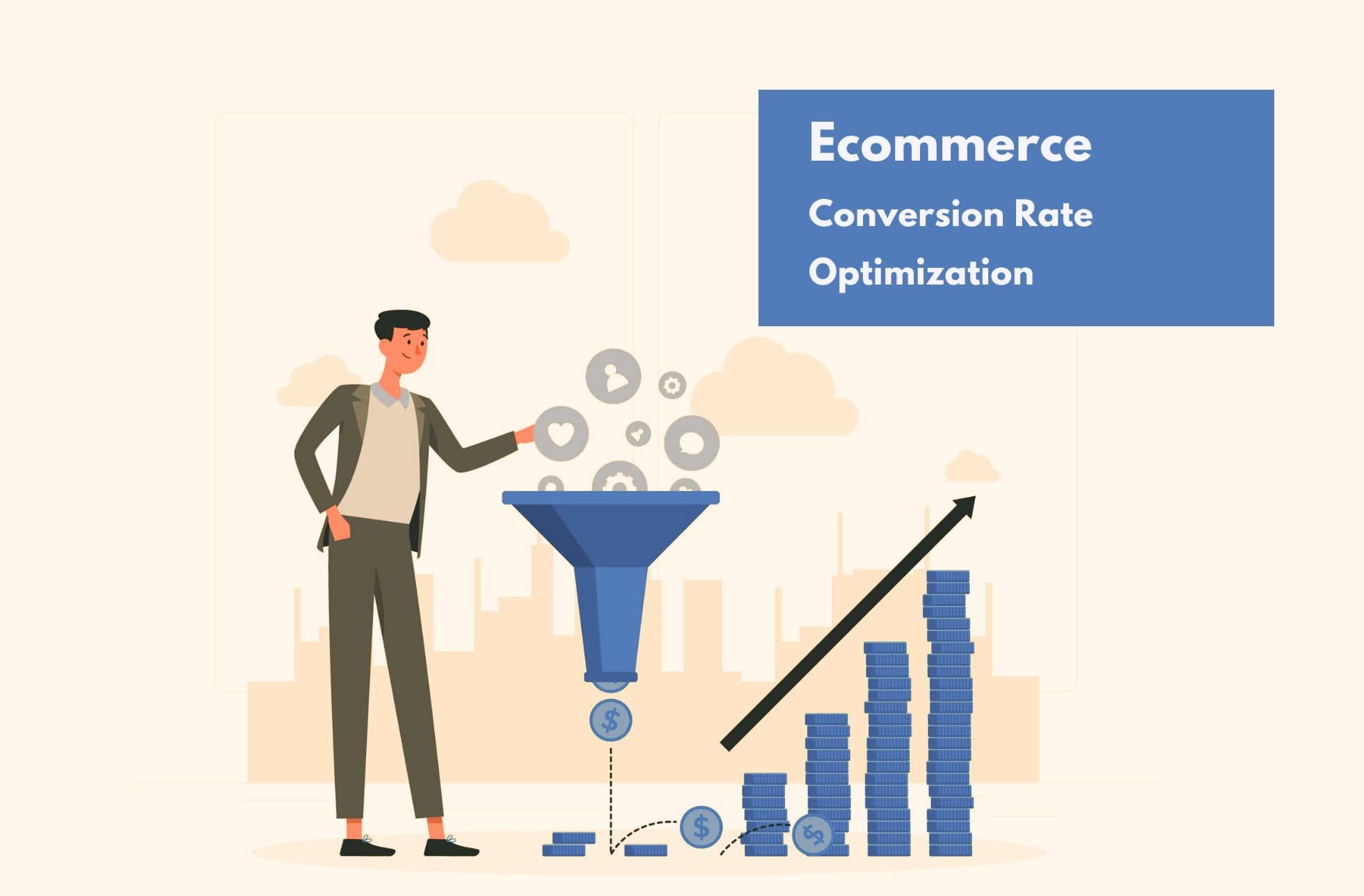The prospects for e-commerce growth are incredible: in 2020 online sales will reach 4135 million dollars, while in 2021 will exceed 4878 million, according to Statista. Today more than ever, Amazon, Alibaba, eBay and Walmart control this market. But today’s dominant companies don’t have to be tomorrow. Keeping a close eye on future trends in e-commerce is key to not falling behind.
Although the future of e-commerce is uncertain, certain trends allow us to glimpse it: the generalization of the same day delivery, the unstoppable boom of mobile payment or the use of Big Data to personalize the customer experience are just some of them. Discover them in the following lines!
What will be the future trends in e-commerce that will break everything?
The next few years will present new and interesting challenges to e-commerce. The change in consumer habits (mobile payments, for example) will be added to technological innovations (IA and Big Data) to revolutionize the buying and selling of products. It is important to see these changes as opportunities and not as obstacles or problems. Do you want to discover what will be the key trends in the future of e-commerce?
Big Data to offer a personalized experience

One of the most interesting future trends in e-commerce is the use of Big Data. Personalizing the customer experience is one of the priority objectives of companies like Amazon. Already in 2017 Accenture determined that 6 out of 10 users would buy more if they received more precise recommendations.
This is possible with the help of Big Data. This concept, coined by John Mashey in 1990, is used to define a high volume of data. With proper processing, this data can ‘talk to us’ and tell us important things about the customer’s needs. Today, the interpretation of Big Data is already being used by various e-commerces for this purpose.
Same day delivery, yes or yes

As its name indicates, the same day delivery is the shipment of products within 24 hours of purchase, preferably on the same day. If the order was processed in the afternoon, the consumer would receive it the next morning.
Despite being beneficial to customers and businesses, most e-commerce does not offer same day delivery. However, this service will be generalized in the next few years. Even small local retailers will offer it with the help of logistical outsourcing.
On the other hand, the same day delivery is far from being a novelty. Today and tomorrow, the great challenge for Amazon, Walmart and other e-commerces is to offer shipments in 2 hours or less to the greatest number of customers. This service, however, is only available in certain cities.
Faster mobile payments and checkouts

Another e-commerce trend for 2019 is related to the mobile traffic boom. Did you know that 60% of e-commerce traffic already comes from tablets and smartphones, according to a SalesForce study? It is no coincidence that this growth coincided with the boom in mobile payments.
More and more users prefer to search and buy products through mobile devices. In the next few years, the desktop consumer will not disappear, but it could clearly be a minority. On the other hand, the ineffectiveness of current checkouts will also change.
Almost 8 out of 10 shopping carts are abandoned. In most cases, the cause is a complicated or slow checkout process. However, companies are becoming aware of this problem, and checkouts will become faster and faster.
Add-ons and monthly subscriptions as a new business model
Do you think that the use of add-ons and monthly subscriptions is not adapted to the e-commerce business model? Amazon and other companies have shown that this is not true.
Analysts estimate that by 2020 there will be a greater number of companies based on subscription models. Even in retail environments, Amazon Prime Now has set the trend. This is an excellent way to reward customer loyalty and offer added value.
On the other hand, monthly subscriptions and premium programs are a perfect context for offering add-ons. Typically, add-ons are extensions of offered products. But Amazon and other marketplaces have made different use of them. For example, the Amazon Prime subscription gives access to Prime Originals productions, Prime Music, Prime Reading and other exclusive services. In a way, they are add-ons to the Amazon customer experience.
IA to stay ahead of purchasing decisions

But among the future trends of e-commerce, Artificial Intelligence also stands out. The applications of this technology know no limits. For example, Predictive Analytics, which allows predicting future events and consumer behavior from present data and facts – however, this would not be possible without Big Data, so both trends are correlated.
Virtual Reality and Augmented Reality, generalized
Pokemon Go gave the surprise in July 2016 triggered a worldwide phenomenon. But the applications of its technology (augmented reality) went beyond the video game industry. The shopping experience can be improved with the help of augmented reality. For example, to customize user purchases, similar to Sephora’s Virtual Artist app.
But virtual reality will also be part of the future of e-commerce! This has been demonstrated with Lowe’s Holoroom initiative, IKEA’s virtual reality kitchen and other similar proposals. This technology can complement and improve the shopping experience in every way.
But knowing these future e-commerce trends is only the first step. The most successful companies are those that take action and are one step ahead of their competitors. Don’t expect your business rivals to adopt same day delivery or implement augmented reality in their stores.




